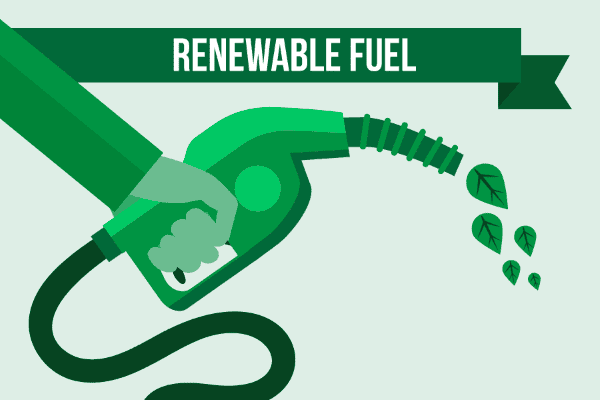Author: Himanshu Patni
13 September 2021

Global Renewable Fuels Market is expected to reach the market valuation of US$ XX billion by 2027 expanding at a reasonable CAGR of XX% during the forecast period (2021-2027) from US$ XX million in 2020. Technological advancement in the Energy Sector, Government policies and financial incentives for Renewable Energy and Low price of renewable fuels, compared to conventional fuels are the major factor driving the growth of the market.
Increasing demand for the Alternative fuel source in the Power and Automotive sector and Supportive government policies and incentive program for renewable energy source would provide ample growth opportunity for the fuel manufacturer during the forecast period. Global biofuel production has increased from 187 thousand barrels of oil equivalent per day in 2000 to 1.8 million barrels of oil equivalent per day in 2019. In the United States national army is regarded as the largest consumer of biofuel. Furthermore, biomass consumption in the United States amounted to 4,985 trillion British thermal units in 2019. China is expected to witness highest biofuel production growth globally. The rollout of 10% ethanol blending in a growing number of provinces and increasing investments in production capacity drive a tripling of ethanol production in China by 2024. Brazil registers the second-largest growth, boosted by the introduction of the Renovabio program in 2020. The United States and Brazil are expected to account for two-thirds of total biofuel production by 2024.
For a detailed analysis of the Global Renewable Fuels Market browse through – https://univdatos.com/report/renewable-fuels-market/
The Covid-19 pandemic have resulted in a drop of 8.5% in global transport fuel consumption in 2020, compared to 2019 value, owing to the restrictions imposed on people’s movements and disruption in trade logistics around the globe. Similarly, consumption of biofuel also witnessed 8.7% decline in 2020 with respect to 2019. Over the medium-term period, global biofuel consumption is expected to increase, driven by higher blending targets in developing countries. In developed countries, biofuel expansion is expected to be limited due to decreasing fossil fuel demand and reduced policy incentives. Despite government support, and in line with decreasing demand, the overall level of global ethanol and biodiesel production decreased for the first time in the last decade by 13.2 bln L and 1.9 bln L respectively in 2020 compared to 2019.
For a detailed analysis of the Covid-19 Impact on the industry browse through – https://univdatos.com/report/renewable-fuels-market/
Request for Sample of the report browse through – https://univdatos.com/get-a-free-sample-form-php/?product_id=8099
For a better understanding of the market adoption, report provide detailed analysis for major region and countries including North America (US, Canada, Rest of North America), Europe (Germany, UK, France, Netherlands, Spain, Rest of Europe), Asia-Pacific (China, India, Thailand, Indonesia, Rest of APAC), Latin America (Brazil, Argentina, Rest of Latin America) and Rest of World. The United States and Brazil recorded the highest reductions in ethanol consumption and drove down global demand. Indonesia and Thailand increased biodiesel use owing to higher blend rates, while decreasing diesel use. Increased use of ethanol, driven by its use as a sanitizer in response to the Covid-19 pandemic, also helped sustain biofuels production. Some of the major players operating in the market include Archer Daniels Midland, Eni S.p.A., BlueFire Ethanol Fuels, Inc., Cosan S.A., Coskata, Inc., Sapphire Energy, Neste Oyj, Renewable Energy Group, Shell, British Petroleum.
Global Renewable Fuels Market Segmentation
Market Insight, by Source
Market Insight, by End-Use Sector
Market Insight, by regions
Top Company Profiles
Get a call back